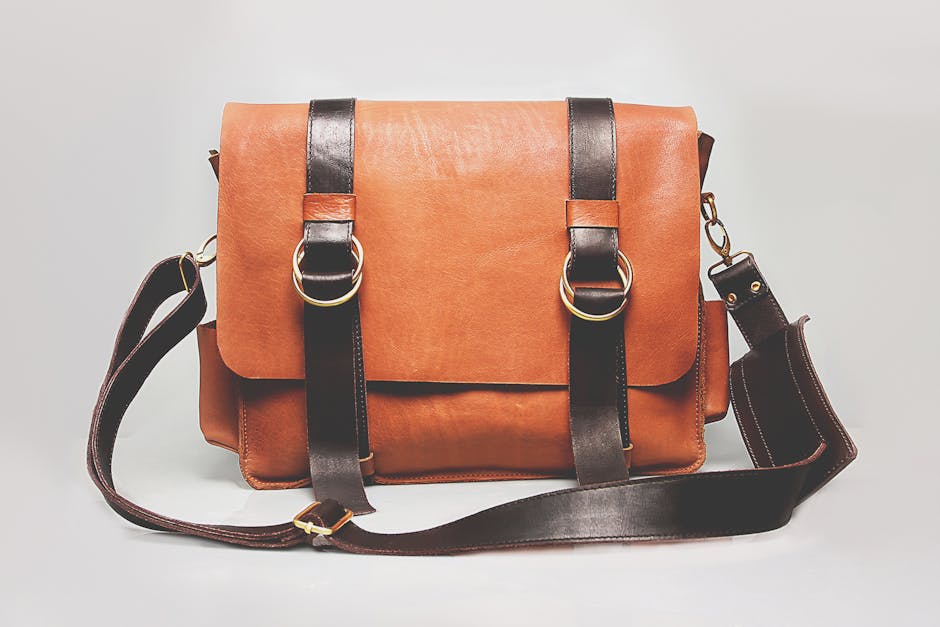and Color to Add Depth to Your Indoor Decor Scheme
Introduction
Adding depth to your indoor decor scheme can transform a flat, uninspired space into a visually rich and engaging environment. Texture and color are two powerful tools that interior designers use to achieve this depth. When artfully combined, they create layers of interest, highlight architectural features, and evoke specific moods. This article explores how to effectively incorporate texture and color to breathe life and dimension into your home.
Texture: The Tactile Dimension
What is Texture in Interior Design?
Texture refers to the tactile quality of a surface. It can be visually perceived or physically felt. Introducing various textures adds complexity and sophistication to a room. Think about the difference between a smooth, polished surface and a rough, woven one. Each evokes a different sensory experience and adds a unique layer of depth.
Types of Texture to Consider
- Natural Textures: Wood grain, stone, brick, linen, cotton, wool, leather. These bring an organic and grounding feel.
- Manufactured Textures: Glass, metal, plastic, ceramics, velvet, silk. These can add a sleek, modern, or luxurious touch.
- Visual Textures: Patterns, prints, and decorative finishes that create the illusion of texture. Think of wallpaper with a subtle raised pattern or a faux painting technique.
How to Incorporate Texture
- Layer Textiles: Combine different fabrics like velvet pillows on a linen sofa, or a chunky knit throw over a leather armchair.
- Use Natural Materials: Incorporate wood furniture, stone accents, or woven baskets to add warmth and character.
- Introduce Rugs and Carpets: Choose rugs with varying pile heights and textures to define spaces and add comfort.
- Consider Wall Treatments: Explore textured wallpaper, paint techniques (like Venetian plaster), or even exposed brick.
- Accessorize Thoughtfully: Select decorative items with different textures, such as ceramic vases, metal sculptures, or woven trays.
Color: The Visual Storyteller
The Psychology of Color
Color profoundly impacts our emotions and perceptions. Understanding basic color psychology is crucial for creating the desired atmosphere in your home. For instance, blues and greens are often associated with calmness and serenity, while reds and oranges evoke energy and excitement.
Color Schemes to Enhance Depth
- Monochromatic: Using different shades and tints of a single color creates a subtle and sophisticated depth.
- Analogous: Combining colors that are adjacent to each other on the color wheel (e.g., blue, blue-green, green) results in a harmonious and layered effect.
- Complementary: Pairing colors that are opposite each other on the color wheel (e.g., red and green, blue and orange) creates high contrast and visual interest. Use sparingly as accent colors.
- Triadic: Using three colors that are evenly spaced on the color wheel (e.g., red, yellow, blue) provides a balanced and vibrant scheme.
Techniques for Adding Color Depth
- Accent Walls: Use a bold color on one wall to draw the eye and create a focal point.
- Color Blocking: Dividing a wall into distinct color sections adds a modern and graphic element.
- Ombre Effect: Gradually transitioning from one color to another creates a soft and ethereal depth.
- Use Different Sheens: Varying the sheen of your paint (e.g., matte, eggshell, semi-gloss) can subtly highlight architectural details and add dimension.
- Layer Colors with Accessories: Use colorful pillows, throws, artwork, and rugs to introduce pops of color and create visual layers.
Combining Texture and Color for Maximum Impact
Balancing Texture and Color
The key to creating a successful decor scheme is to balance texture and color. If you’re using a bold color palette, consider incorporating more subtle textures to avoid overwhelming the space. Conversely, if you’re opting for a neutral color scheme, use a variety of textures to add interest and prevent the room from feeling flat.
Examples of Successful Combinations
- Coastal Chic: Use a palette of blues, whites, and sandy neutrals with textures like linen, jute, and weathered wood.
- Modern Minimalist: Combine sleek, smooth surfaces with pops of bold color and geometric patterns.
- Bohemian Eclectic: Layer a mix of textures, patterns, and colors from different cultures to create a global-inspired space.
- Rustic Farmhouse: Pair warm, earthy tones with natural textures like wood, stone, and burlap.
Conclusion
Incorporating texture and color thoughtfully can dramatically enhance the depth and visual appeal of your indoor decor. By understanding the principles of texture and color psychology, and experimenting with different combinations, you can create a home that is both visually stunning and personally reflective. Don’t be afraid to experiment and find the combinations that best suit your style and preferences. With a little creativity, you can transform any space into a layered and inviting sanctuary.














Post Comment